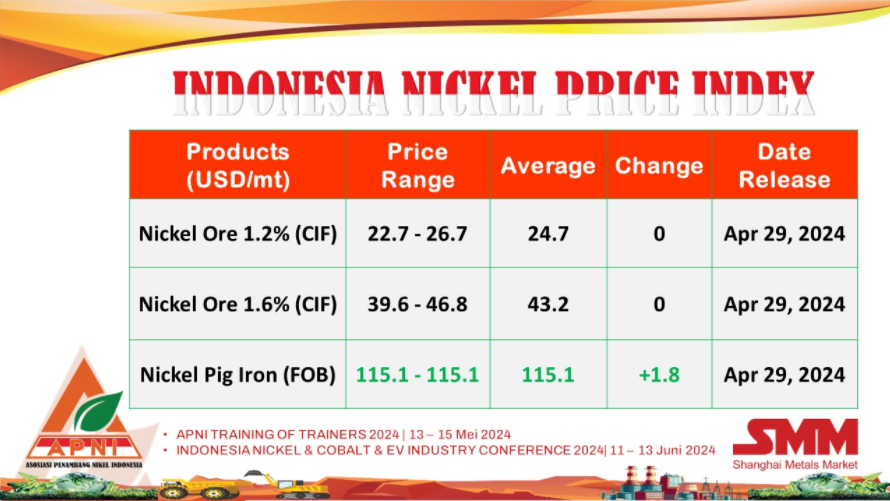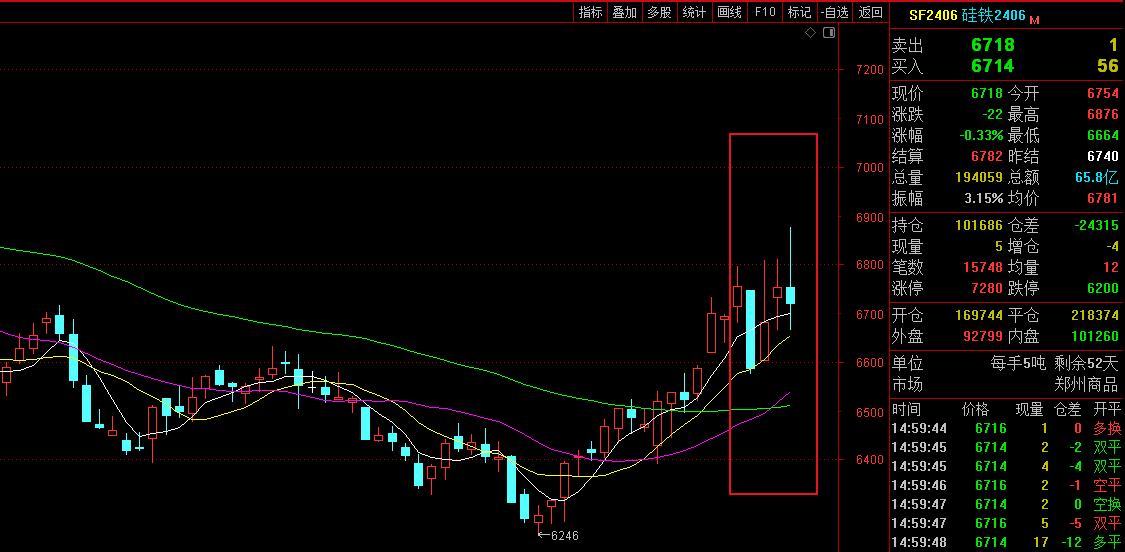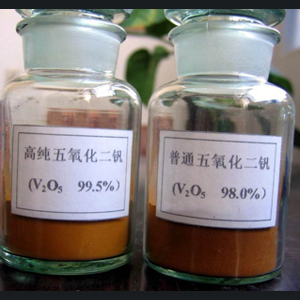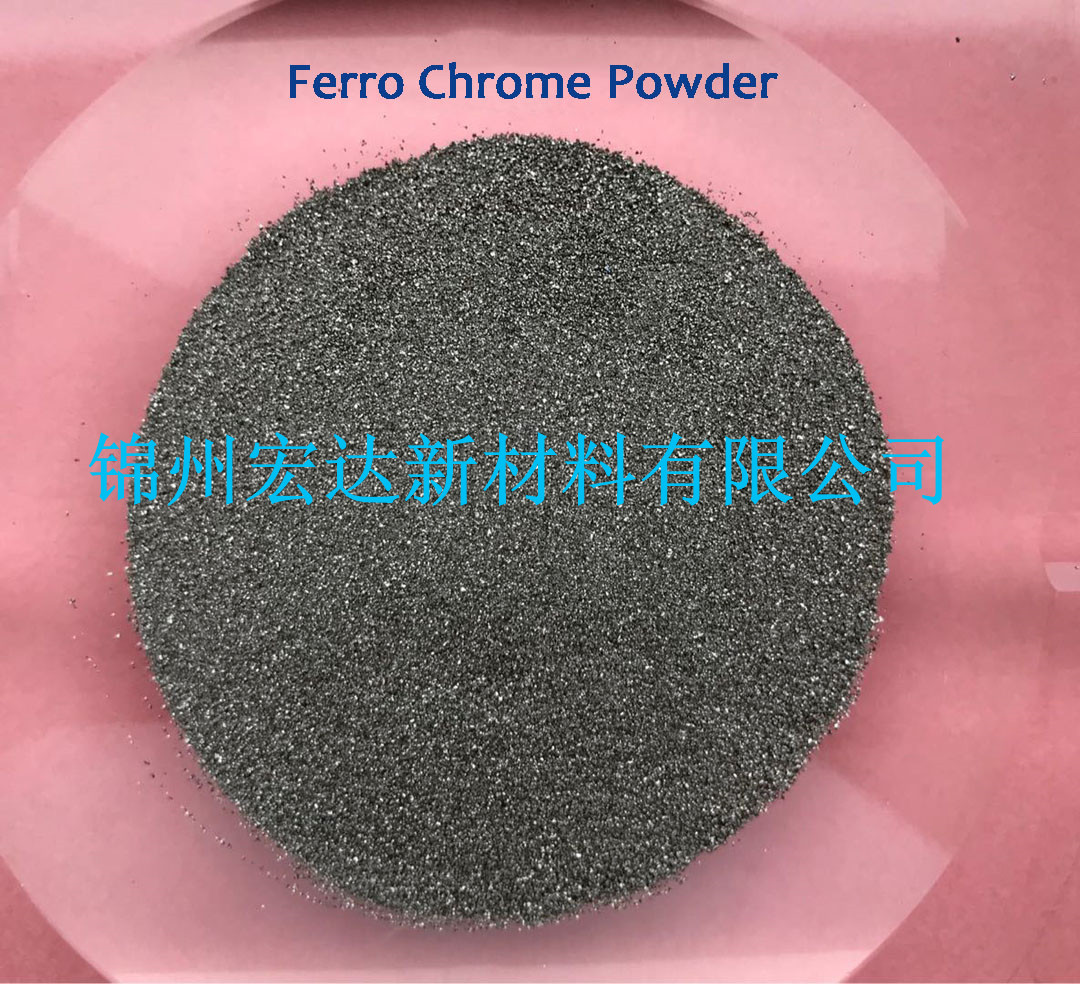
Australian Vanadium has delivered positive testwork results at Gabanintha
Australian Vanadium is rapidly ticking all the boxes in establishing its Gabanintha project in Western Australia as a technically and economically robust vanadium operation with outstanding new metallurgical results indicating lower cost requirements.
The company, formerly Yellow Rock Resources, has achieved high recovery rates from fresh, transitional and oxide ore at Gabanintha, further demonstrating the project’s strong potential to enjoy both low capital and operating costs.
The project’s attractive cost profile was also underpinned by results showing that the silica content of the ore was removed easily and that there were strong recovery rates for titanium, raising the prospect of an additional revenue source.
The results will also be used to advance the processing design and combined with a recent resource estimate as part of project feasibility studies.
Economic studies are expected to begin early next year with a view to initiating a full Definitive Feasibility Study by mid-2016.
Magnetic separation tests indicate that both Low Grade (LG) and High Grade (HG) partly oxidised and fresh samples can be effectively upgraded to concentrates up to 1.5% V2O5.
Totally oxidised samples yield a high quality iron-vanadium-titanium concentrate when using high intensity magnetic separation (mass recovery ranges between 30% and 85%, vanadium recovery 30 to 90%).
Magnetic recovery of LG samples is impressive with 32% to 62% of mass recovered and 70% to 85% of the V2O5 reporting to concentrate at a coarse grind size.
Magnetic recovery from HG samples is excellent at 75% to 82% of mass recovered and 82% to 95% of the V2O5 at a coarse grind using low intensity magnetic separation.
The fact that good liberation of iron-vanadium-titanium can be achieved at a coarse grind size could remove the necessity to fine grind for all separation techniques and thus save significantly on milling and processing capital and operating costs.
Strong foundation
The latest metallurgical results are expected to underpin much-anticipated feasibility work at Gabanintha, with the help of an extremely high-grade resource re-estimation.
Last month, Australian Vanadium defined a high-grade zone of 11.3 million ones at 1.1% V2O5 within a measured and indicated resource of 24.7 million tonnes grading 0.8% V2O5.
The total measured, indicated and inferred resource in both low and high-grade domains is 91.4 million tonnes at 0.8% V2O5 and contains 750,000 tonnes of V2O5. This includes a high-grade zone of 56.8 million tonnes at 1% V2O5 for 563,000 tonnes of V2O5.
The extremely high-grade nature of this resource, which contains 200,000 tonnes of V2O5, and includes a substantial high grade zone over 1% in grade, highlights the strong potential for Gabanintha to be a world-class vanadium project with critical mass and low costs.
The battery strategy
While recognising the importance of the steel markets in the vanadium space, Australian Vanadium’s marketing strategy for Gabanintha includes a strong focus on growing battery markets within this niche sector.
As such, it has continued to advance its opportunities in the Vanadium Redox Battery (VRB) market by forming relationships with key players. The company has also formed a battery focused subsidiary, VSUN Pty Ltd, which will sell Vanadium Batteries on behalf of two European producers in the Australian Market.
Opportunities will focus on businesses and off-grid opportunities, but due to the scalability of VRBs, many other applications can be envisaged. These include applications such as domestic power, farm-production and Electric Vehicle charging stations.
With this strategy in mind, Australian Vanadium has also added new expertise in the field of high-tech batteries with the appointment of Emeritus Professor Maria Skyllas-Kazacos of the University of NSW, who will now play a leading role in Gabanintha’s program to establish vanadium electrolyte production.
Skyllas-Kazacos played a key role in inventing the all-vanadium redox flow cell battery in 1985 and she has continued developing this technology at the UNSW.
Under her guidance, the UNSW installed a Gildemeister Cell Cube 130kWh vanadium flow battery on the campus earlier this year. The battery will be used to provide power to a university building in conjunction with solar energy and in teaching and battery research.
Analysis
The latest metallurgical testwork results provide further strong evidence that Gabanintha is well on track to be a high-grade, low-cost vanadium project by showing high recovery rates from all the ore types, including oxidised material.
The strong recoveries achieved using relatively coarse grind sizes, in particular, highlight the further scope to keep operating costs low, while the fact that silica content can be removed easily benefits both capex and recovery rates.
Importantly, strong recoveries of titanium demonstrate potential to generate additional revenue at the project. The addition of a titanium product recovery stream could add significantly to the project economics, if it is possible to implement such a recovery at modest to low capital costs.
These metallurgical results will be combined with the recent upgraded resource inventory as part of the feasibility study, which may represent an important price catalyst for Australian Vanadium stock.
Other potential developments, which could positively affect the valuation of the company by firming up Gabanintha’s outlook include a number of feasibility study tests to determine the ultimate processing route and ideal blending strategy to follow during operations.
Also, investors may look forward to evaluation of iron-vanadium ratios across the resource to identify the maximum upgradability potential of the ore types, optimisation of magnetic recovery circuits and the start of roast/leach test work on selected samples and composites.
The rapid acceleration in the development of renewable energy projects on a global scale is being accompanied by rapidly growing interest and need for grid storage technologies. The uptake of VRB technology along with other grid storage technologies could have a significant effect on the vanadium market as the use of V2O5 electrolyte is a large component (up to 50% of current cost) of the battery units.
The unique characteristics of VRBs, specifically their scalability, long lifespan cycles and the use of one battery element, make them a strong candidate to earn up to 30% of the growing energy storage market, which is expected to grow from a current 0.4GW to 40GW in just the next seven years.
- [Editor:Sophie]



 Save
Save Print
Print Daily News
Daily News Research
Research Magazine
Magazine Company Database
Company Database Customized Database
Customized Database Conferences
Conferences Advertisement
Advertisement Trade
Trade














 Online inquiry
Online inquiry Contact
Contact



Tell Us What You Think